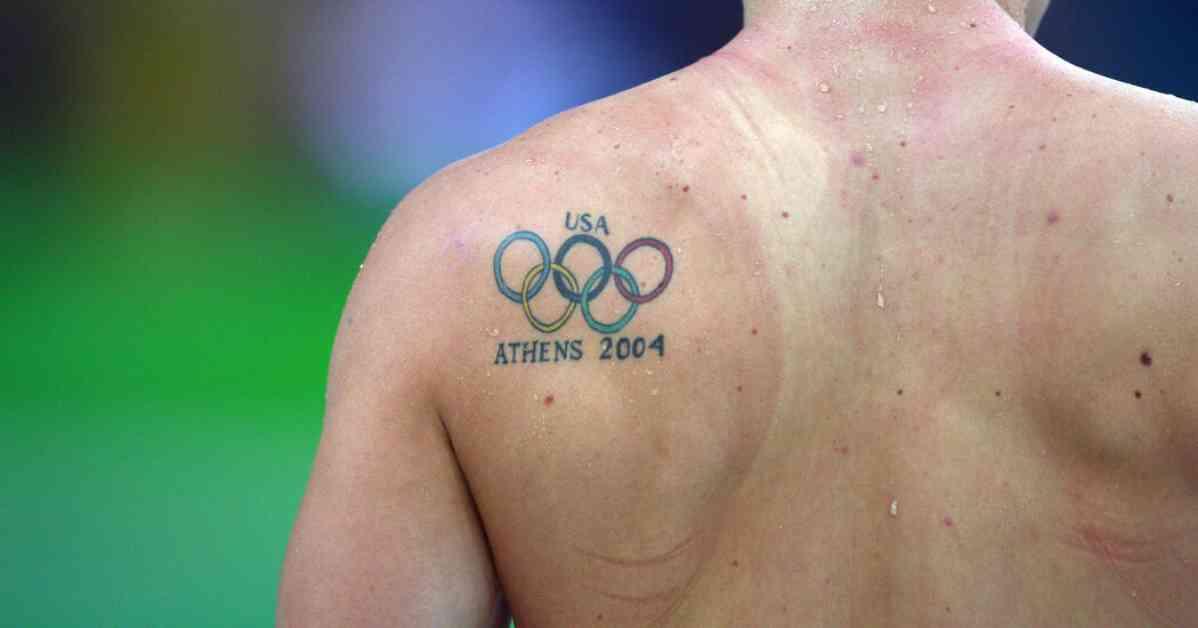Paralympics to Allow Olympic Rings Tattoos: A Game-Changing Decision
In a groundbreaking move that has been met with widespread approval, the International Paralympic Committee (IPC) has announced that athletes with tattoos of the Olympic rings will no longer be required to cover them during competitions. This decision comes just in time for the 2024 Paralympics set to kick off in Paris next week.
The Previous Rule and Its Impact
Until now, Paralympians with Olympic rings tattoos faced the daunting prospect of having to conceal their ink or risk facing penalties, including disqualification. This strict rule against body advertising had put athletes like Rudy Garcia-Tolson in a difficult position. Garcia-Tolson, a Paralympic swimmer and five-time medalist, had been forced to cover his tattoo with a Sharpie in recent years to comply with the IPC regulations.
A Welcome Change for Paralympians
The sudden reversal of the rule by the IPC has been met with relief and gratitude by athletes like Garcia-Tolson. This change now allows Paralympians to proudly display the Olympic rings on their bodies, symbolizing their journey and experiences as elite athletes. Garcia-Tolson expressed his appreciation for the decision, highlighting the importance of the logo to many Paralympians.
“Paralympic athletes have enough to worry about,” Garcia-Tolson shared. “Having a logo on our bodies that signifies our journey, our experience as athletes – it’s important to so many of us.”
The Impact of the Decision
The decision to allow Olympic rings tattoos marks a significant shift in the IPC’s policies and has sparked discussions within the sporting community. While the IPC has not provided an explicit explanation for the change, the impact on Paralympians like Garcia-Tolson is undeniable. No longer burdened by the need to conceal their tattoos, athletes can now focus solely on their performances without the added stress of violating regulations.
Looking Ahead to the 2024 Paralympics
As the 2024 Paralympics approach, athletes with Olympic rings tattoos can now compete with a sense of freedom and pride. The symbolic significance of the tattoos, representing the athletes’ dedication and achievements, will now be fully embraced on the world stage. This shift in policy not only benefits individual athletes but also reflects a more inclusive and accepting approach within the sporting community.
In conclusion, the decision to allow Olympic rings tattoos at the Paralympics is a testament to the evolving nature of sports and the recognition of athletes’ personal expressions. This change signifies a step towards greater acceptance and respect for the diverse backgrounds and experiences of Paralympians, allowing them to compete authentically and proudly.










